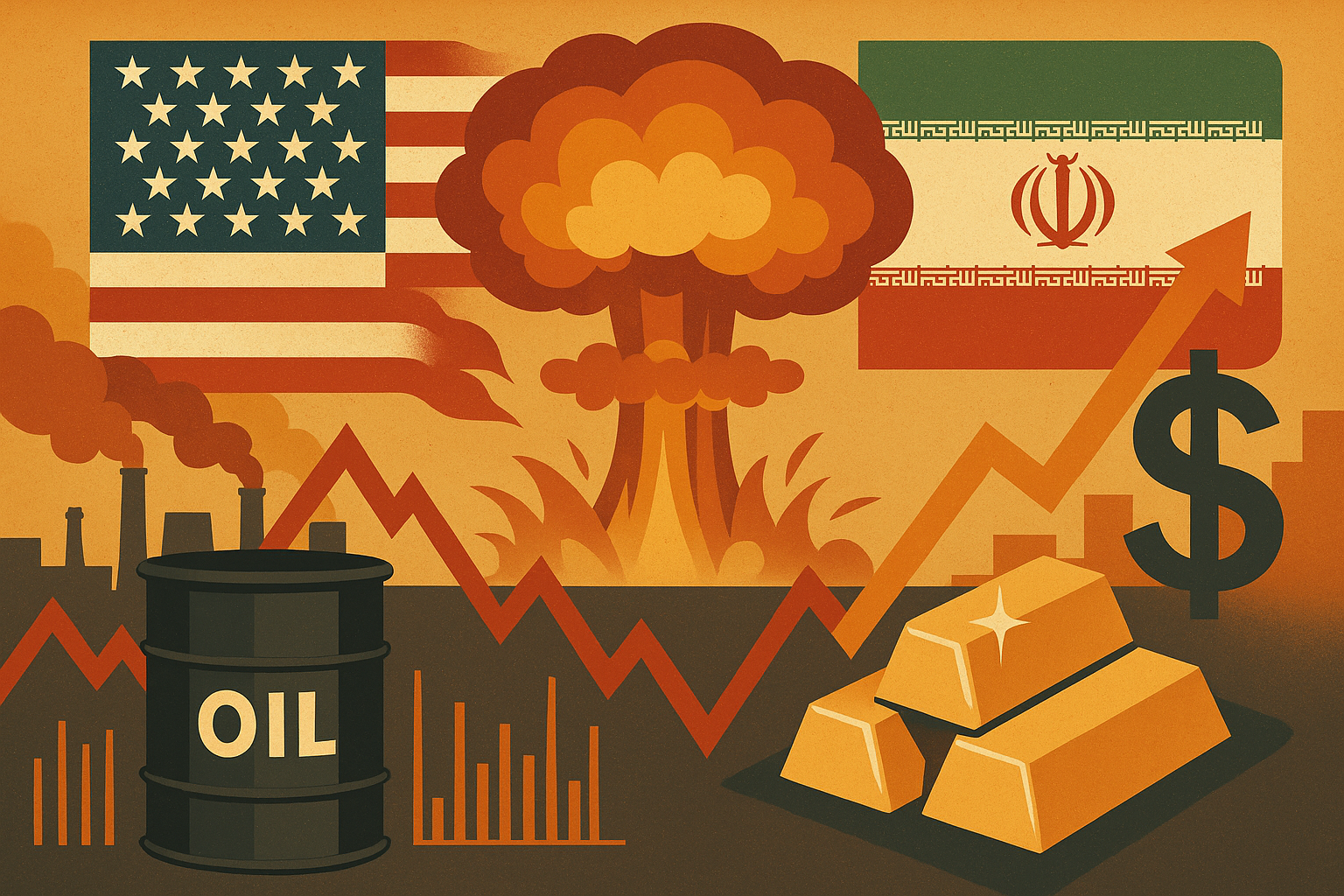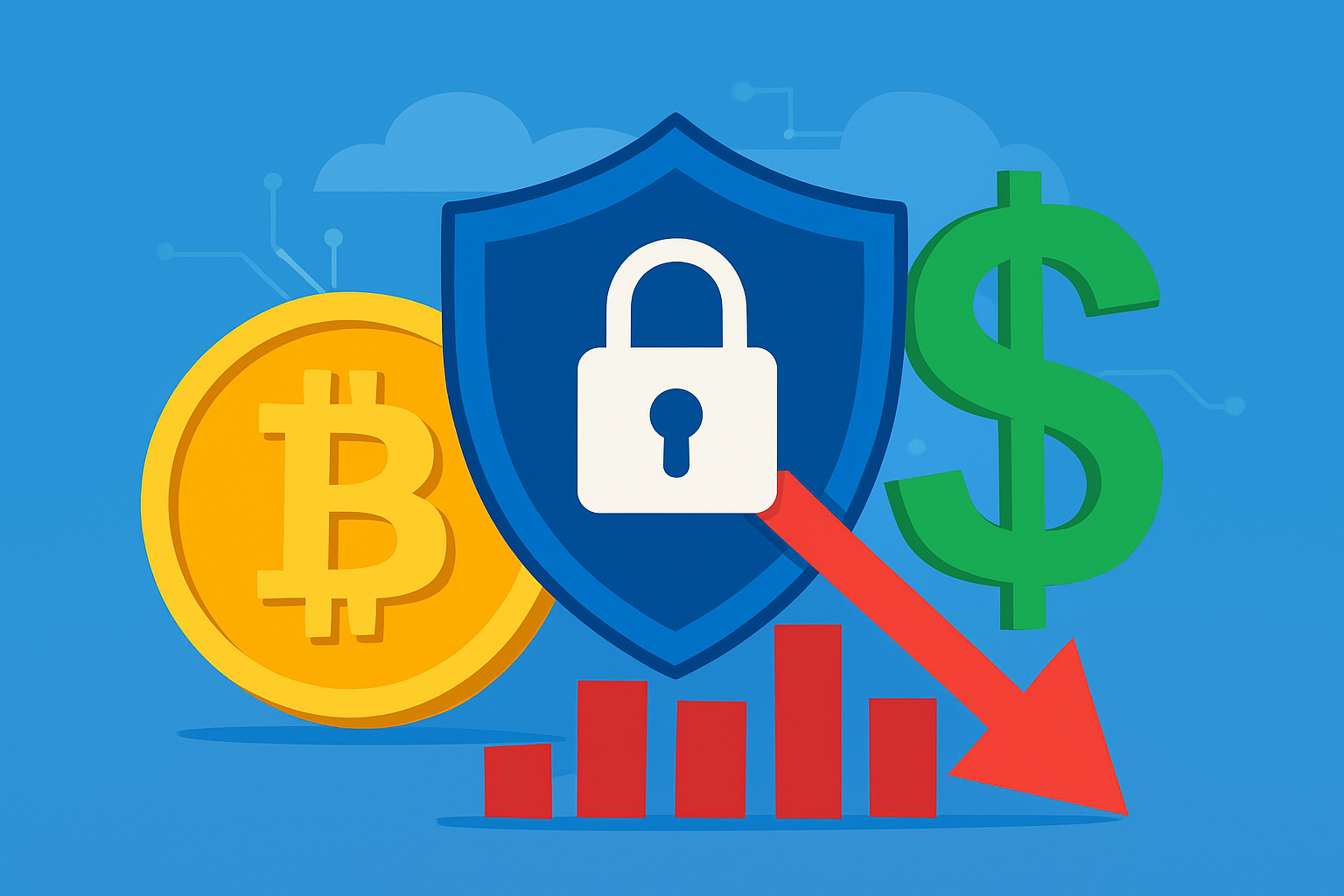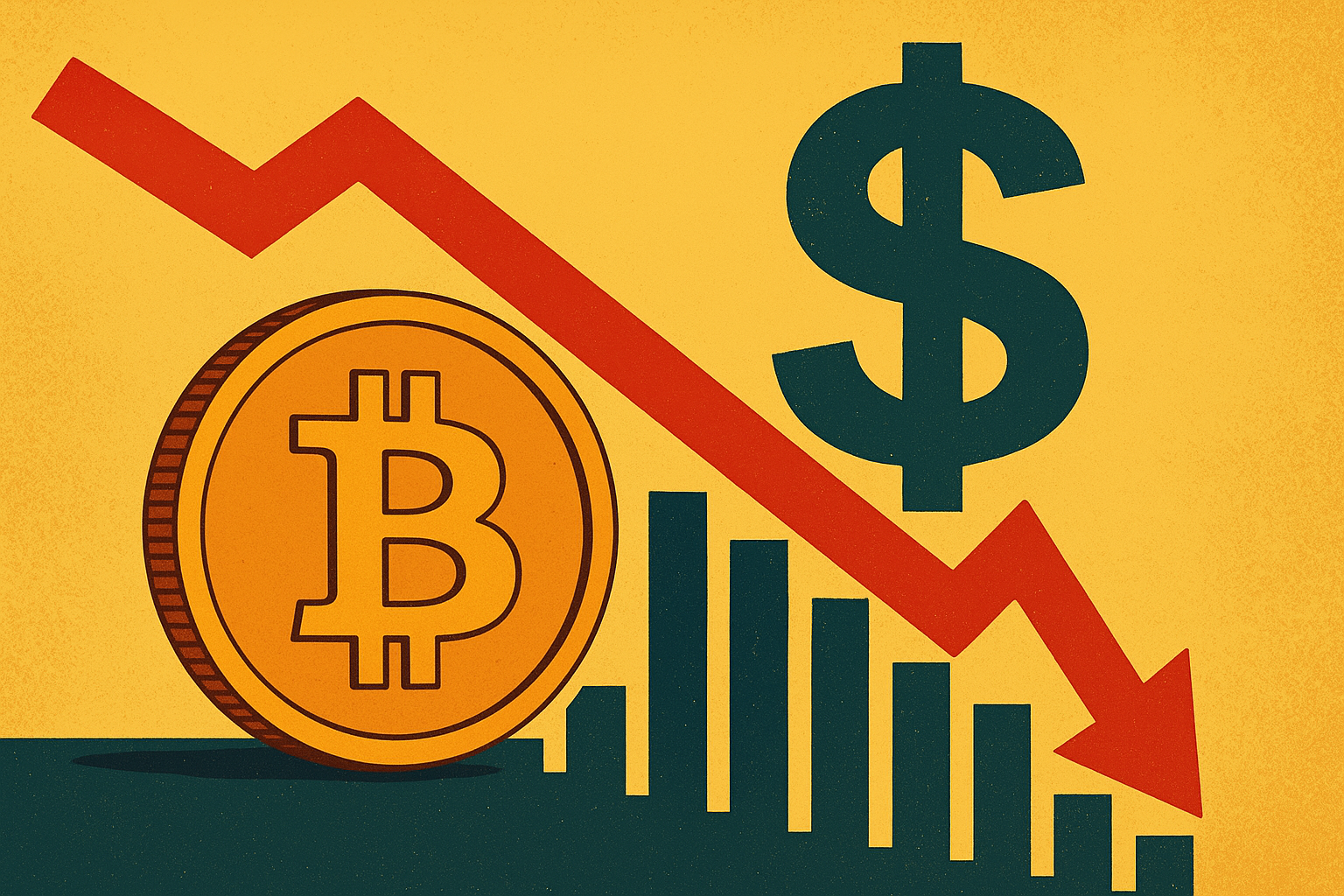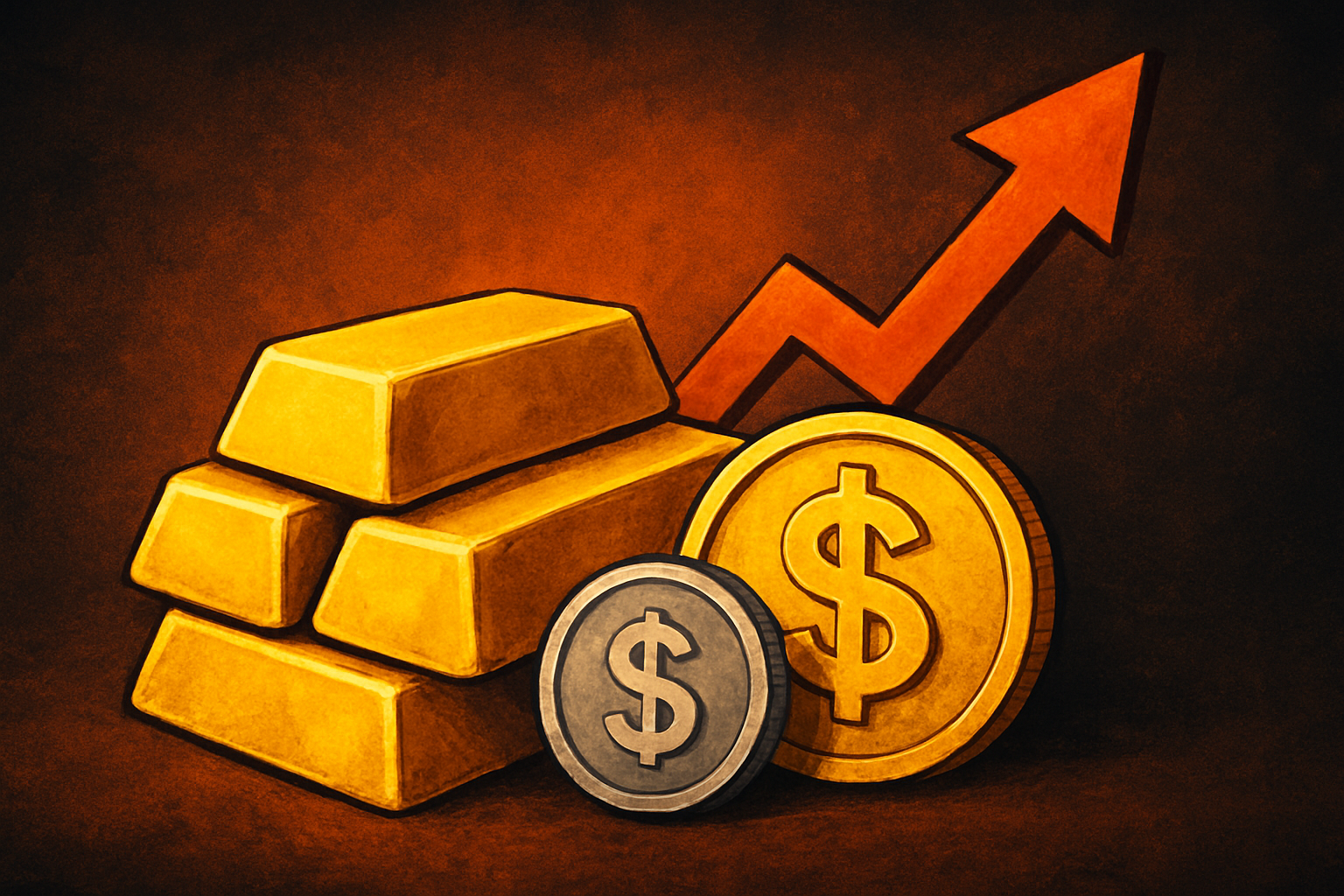Global markets entered the week with elevated caution following confirmed U.S. airstrikes on Iranian nuclear infrastructure over the weekend. The targeted strikes, aimed at dismantling enrichment operations, sparked an immediate surge in Brent crude prices and triggered safe-haven flows into gold and the U.S. dollar.
For investors, the geopolitical tremor is more than just headline risk—it’s a potential inflection point for energy markets, inflation expectations, and monetary policy trajectories. With tensions flaring in one of the world’s most strategically vital energy corridors, the possibility of market-moving escalation is no longer hypothetical—it’s in motion.
Oil Prices React Swiftly to Strategic Shock
Following the strikes, Brent crude briefly touched $97/barrel in early Monday trading—its highest since April—before settling near $94 amid diplomatic backchannel activity. The Strait of Hormuz, which Iran has previously threatened to block, carries over 20% of global oil shipments, making it a key geopolitical flashpoint.
Goldman Sachs and Barclays analysts have warned that a full-blown disruption of the Strait could propel Brent prices above $110, with cascading effects on global inflation and energy-intensive sectors.
Gold also surged above $2,040/oz, reflecting intensified demand for defensive assets. Meanwhile, the U.S. Dollar Index (DXY) gained 0.7% as investors sought safety amid uncertainty.
Why This Matters for Investors
- Inflation Reignition Risk: Energy prices are a critical input into consumer inflation indexes. A sustained spike in oil could delay expected interest rate cuts by central banks, especially the Fed.
- Sector Rotation Signals: Equity markets saw defensive rotation, with energy (XLE) and defense stocks (RTX, LMT, NOC) posting gains, while consumer cyclicals and tech showed relative underperformance.
- Bond Market Watch: U.S. 10-year Treasury yields dipped slightly, signaling flight-to-safety sentiment. If geopolitical uncertainty persists, expect higher demand for Treasuries and gold at the expense of risk assets.
As JPMorgan noted in its Monday note, “Middle East escalation remains a critical tail risk for global markets. Investors should prepare for volatility spikes, particularly in commodities and currencies.”
Defense and Energy Stocks Could Benefit
Defense sector names saw a modest lift following the strikes, with Lockheed Martin (LMT) up 2.1% and Raytheon Technologies (RTX) up 1.6% in pre-market trade. Energy majors including ExxonMobil (XOM) and Chevron (CVX) also saw early gains on higher oil price outlooks.
Beyond U.S. equities, regional energy producers in the Middle East and West Africa could see revenue tailwinds, while European markets—heavily reliant on imported energy—may face renewed cost pressures.
Investors may also revisit gold miners like Newmont Corp (NEM) and Barrick Gold (GOLD), which historically outperform during periods of geopolitical stress and rising bullion prices.
Future Trends to Watch
- Retaliatory Risk: Markets will closely monitor Iran’s response. Any move to block or interfere with traffic through the Strait of Hormuz could have immediate global consequences.
- OPEC+ Dynamics: The strikes may complicate upcoming OPEC+ decisions on production quotas, as geopolitical risk shifts the balance of pricing power.
- Central Bank Policy Shifts: A sharp uptick in energy prices could delay or derail the Fed’s easing trajectory. The June FOMC minutes and upcoming CPI prints will be pivotal.
Key Investment Insight
Investors should prepare for short-term volatility and longer-term sector rotation. Defensive positioning in energy, defense, and precious metals offers asymmetrical upside if tensions escalate. Simultaneously, elevated oil prices could dampen global growth forecasts and rekindle inflationary pressures—adding complexity to the policy outlook.
Maintaining flexible exposure and tracking geopolitical developments—especially around the Strait of Hormuz—will be critical in navigating the weeks ahead.
Stay tuned to MoneyNews.Today for timely, actionable insights on global markets, political risks, and the investment opportunities shaping the world.





